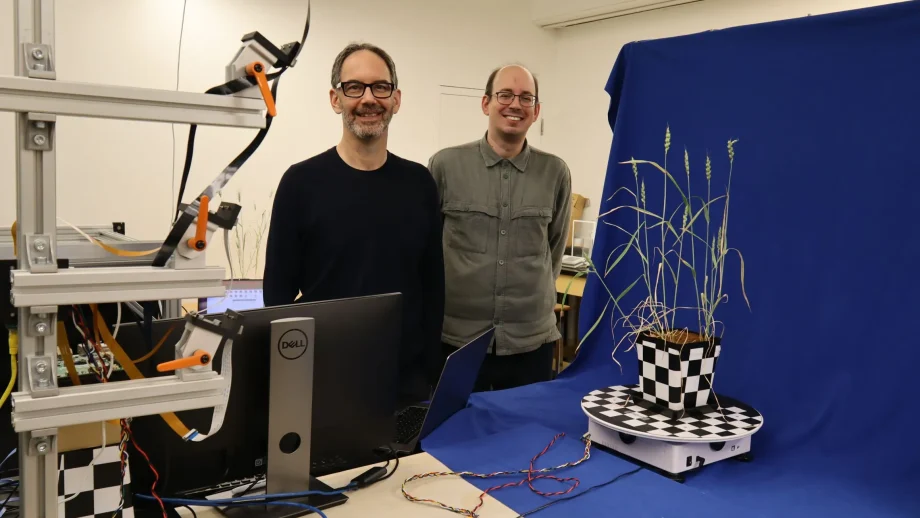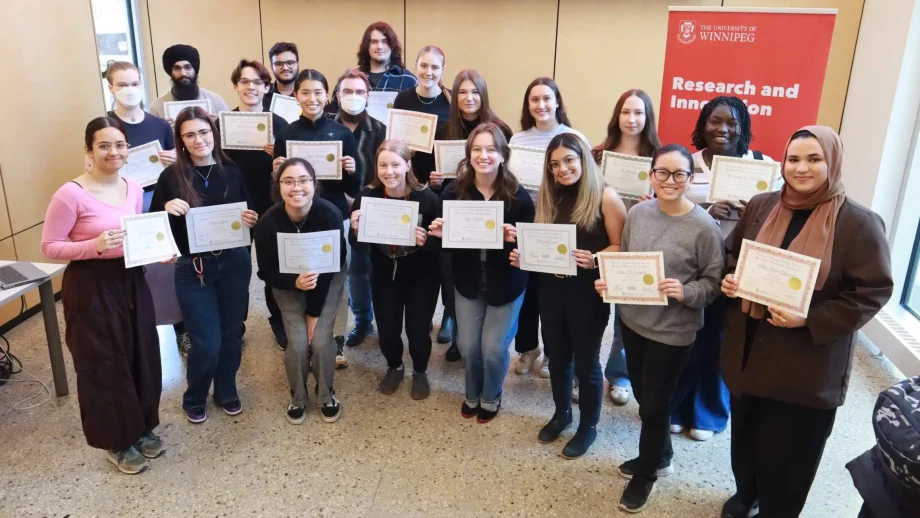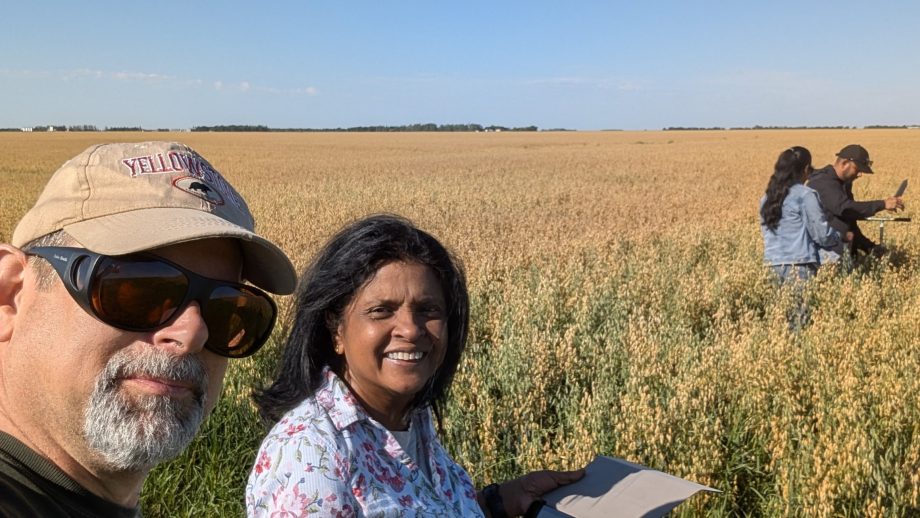Indigenous Summer Scholar Cadie Arbez-Rondeau worked with University of Winnipeg chemist Dr. Athar Ata, looking for antibiotic lead compounds in Indigenous medicinal plants from the prairie provinces.
Using the success naturally found in nature, natural product chemistry is one of the major contributors of lead compounds to the drug discovery process.
Mother Nature provides structural diversity with potent bioactivities against various biological threats that are obtained from different natural sources, including plants and marine organisms. The molecules found in nature have resisted the challenges of natural selection and overcome them during the molecular evolution.
Fungal natural products are a well-proven source of antibiotics. It is, therefore, important to explore fungi for new antibiotics. Chemical studies on fungi associated with plants are used to create drugs like Taxol, that was originally isolated from a Pacific yew tree, Taxus brevifolia. This anti-cancer alkaloid has been reported to be isolated from an endophytic fungus, Phoma medicaginis.
Arbez-Rondeau is hoping to discover and identify lead natural products with antibiotic activity from accumulated fungal strains associated with Indigenous medicinal plants in the prairie provinces.
An example of success is Monarda fistusola (wild bergamot), Heracleum maximum (cow parsnip), and Acorus calamus (sweet flag). These plants are reported to treat tuberculosis (TB) and wound infections by Indigenous communities. The endophytic fungi present in these plants produce metabolites that exhibit anti-TB and anti-microbial activities.
Arbez-Rondeau and Ata conducted research on a crude extract of an endophytic fungus, tentatively identified as a Rhizopus sp., an Indigenous medicinal plant found in South Africa called Sapium integerrimum, commonly known as duiker berry.
“The research conducted is important because a recent estimate indicates that more than 50% of pharmaceuticals available on the market are of natural product origin,” said Arbez-Rondeau. “Plants are known to be composed of millions of chemical compounds that they produce for themselves. Thus, exploring endophytic fungi in such plants is significant to determine any antibiotic lead compound found, and bring the possible discovery of a new potential antibiotic.”
Arbez-Rondeau enjoys learning and says this research helped her connect with her identity with a focus on Indigenous Peoples knowledge of their land and the use of their medicinal plants, while hopefully discovering antibiotic compounds in the plants found in the prairie provinces.
Arbez-Rondeau just graduated this past spring with a Bachelor of Science, majoring in biology and minoring in geography and Indigenous Studies.





